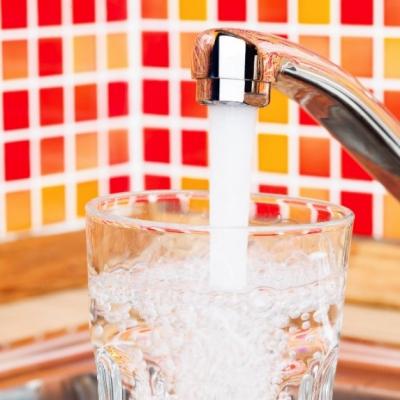- Community
- Services
-
Your Government
-
Column 1
- Agendas and Minutes
- Mayor & City Council
- Boards & Commissions
- City Charter
- City Projects
- City Calendar
Column 2
Column 3
-
Public Service Announcement - Lead
While the City's water supply does not contain excess lead, lead can get into your drinking water after it leaves the treatment plant, as it passes through your household plumbing system. Homes built before 1940 may have lead service lines that connect them to public water. Plumbing materials used before 1986 may also contain lead.
Why is this important?
Lead can cause serious health problems if too much enters your body from drinking water or other sources. Read more from the Minnesota Department of Health. It can cause damage to the brain and kidneys, and can interfere with the production of red blood cells that carry oxygen to all parts of your body. In Minnesota, lead based paint is the most common human exposure to lead.
How can you reduce exposure to lead in tap water?
- Let water run from your drinking tap before using it for drinking or cooking. If you have a lead service line, let the water run for 3-5 minutes prior to use. If you do not have a lead service line, let the water run for 30-60 seconds before use.
- Use cold water as hot water releases more lead from pipes than cold water. Boiling water does not reduce lead levels - it may actually increase them.
- Test your water and treat water that has high levels of lead even after letting the water run.
Water testing and treatment
For water testing, search accredited laboratories.
Treat your water if a test shows your water has high levels of lead after you let the water run.
Helpful resources


